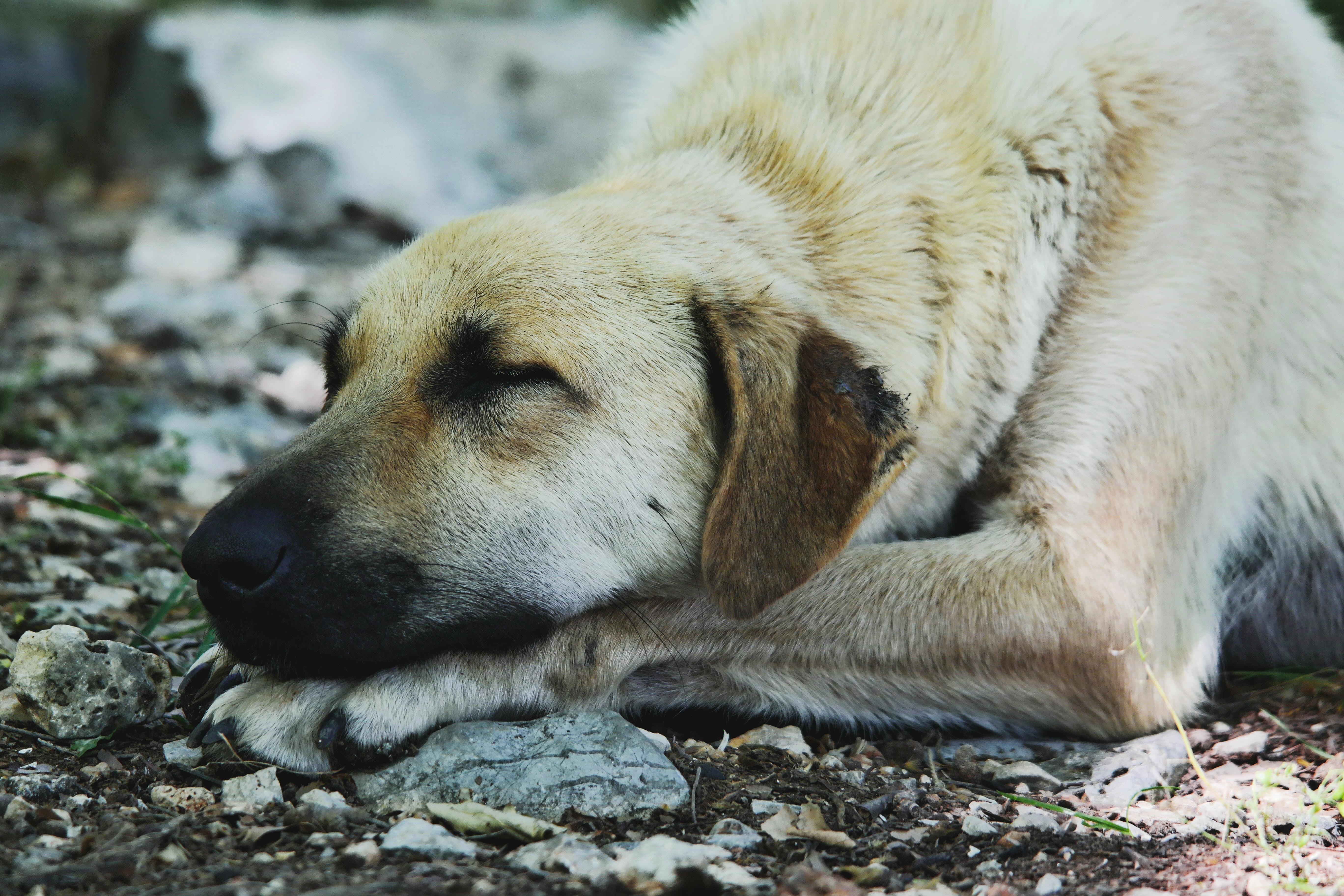Page Not Found!


Do Dog Treats Expire? Shelf Life & Storage Tips for Dog Chits Treats
When it comes to our furry companions, ensuring the freshness and safety of their treats is paramount. In this guide, we delve into the often overlooked topic: do dog treats expire? We will explore the shelf life of dog chits treats and provide valuable storage tips to maintain their quality. Understanding the expiration of dog treats is not only crucial for your pet's health but also for maintaining their taste and texture. Join us as we unravel the mysteries of treat expiration dates and learn how proper storage can extend the lifespan of your dog's favorite snacks. Let's embark on a journey to make sure your canine friend always gets the best and safest treats possible!.
Determining the Shelf Life

Factors Affecting the Shelf Life of Dog Treats.
Ingredients Quality: The quality of ingredients used directly impacts the shelf life of dog treats. Look for treats made with natural preservatives like tocopherols (Vitamin E) or rosemary extract, as these can help extend the freshness of the treats.
Packaging: Proper packaging plays a crucial role in extending shelf life. Treats should be stored in airtight containers to prevent exposure to air and moisture, which can lead to spoilage. Vacuum sealing can also be an effective way to maintain freshness.
Storage Conditions: The way treats are stored greatly affects their longevity. Keep treats in a cool, dry place away from direct sunlight and heat sources. Avoid storing them in areas with high humidity, as moisture can promote bacterial growth and shorten shelf life.
Manufacturing Process: The methods used in manufacturing dog treats can impact their shelf life. Treats that undergo proper drying or dehydration processes tend to have a longer shelf life compared to those with higher moisture content.
How to Interpret Expiration Dates
Understanding Dates: 'Best By' indicates peak quality, while 'Sell By' is for the store to know how long to display the product. 'Use By' is the last date for peak quality, but the treats may still be safe to consume after this date if stored properly.
Smell & Texture: If treats smell rancid, have an off odor, or have changed texture, they are likely spoiled and should be discarded to prevent any health issues. Fresh treats should have a pleasant aroma and a consistent texture.
Visual Inspection: Check for any signs of mold, discoloration, or unusual spots on the treats. If present, it's best to dispose of the treats, as consuming spoiled food can lead to digestive problems in dogs.
Storage Tips: To maximize the shelf life of dog treats, consider storing them in the refrigerator or freezer, especially if you buy them in bulk. Freezing can significantly prolong the freshness of treats, ensuring your furry friend gets safe and tasty snacks for a longer period.
By understanding the factors influencing shelf life and how to properly interpret expiration dates, pet owners can ensure that their dogs enjoy treats that are not only delicious but also safe and nutritious.
Identifying Expired Dog Treats

Signs Your Dog Treats Have Gone Bad
Changes in Color, Texture, or Smell: The first indication that a dog treat has gone bad is a noticeable change in its color, texture, or smell. If the treat looks discolored, feels unusually soft or hard, or emits a foul odor, it's best to discard it.
Presence of Mold or Bugs: Another clear sign of spoilage is the presence of mold or bugs on the treats. Mold can be fuzzy and of different colors, while bugs may be visible crawling on the treat surface. Consuming such contaminated treats can pose serious health risks to your dog.
Expiration Date: Always check the expiration date on the packaging. Even if the treat appears fine, consuming it after the expiry date can still be harmful to your furry friend.
Additional Factors to Consider
Storage Conditions: Properly storing dog treats in a cool, dry place can help extend their shelf life. Exposure to heat, humidity, or sunlight can accelerate spoilage, so it's important to store treats in airtight containers or resealable bags.
Ingredients to Avoid: Certain ingredients in dog treats, such as artificial preservatives, colors, and flavors, can hasten spoilage. Opt for treats with natural ingredients and minimal additives to reduce the risk of early expiration.
Risks Associated with Feeding Expired Dog Treats
Digestive Upset: Feeding your dog expired treats can lead to digestive issues such as diarrhea, vomiting, or stomach discomfort. These symptoms can range from mild to severe depending on the extent of treat spoilage.
Food Poisoning: Expired dog treats may contain harmful bacteria or toxins that can cause food poisoning in dogs. This can result in more severe symptoms and may require immediate veterinary attention.
Health Complications: Prolonged consumption of expired treats can have long-term health implications for your dog. It can weaken their immune system, affect their overall health, and lead to chronic illnesses.
It is crucial to prioritize your dog's well-being by regularly inspecting their treats for any signs of spoilage, ensuring proper storage, and being mindful of the ingredients in the treats you choose. Your furry companion's health and safety should always come first.
Proper Storage Practices

Best Ways to Store Dog Treats for Longevity
When it comes to storing dog treats, it's crucial to adopt proper practices to maintain their freshness and quality. Your furry friend deserves the best, so here are some essential tips to help you ensure that your dog's treats remain tasty and safe for consumption:.
Choose the Right Container: Opt for sealable, airtight containers made of glass or BPA-free plastic to keep dog treats fresh and free from moisture. Ensure that the lids seal tightly to prevent any air or humidity from entering.
Storage Location: Store dog treats in a cool, dry place away from direct sunlight. Avoid areas with high humidity or temperature fluctuations, as these can accelerate spoilage. A pantry or cupboard works well for storing treats.
Label and Organize: Properly label the containers with the treat's name, purchase date, and expiry date. Implement a rotation system by placing newer treats at the back and older ones at the front. This way, you'll use the older treats first.
Prevent Cross-Contamination: Wash your hands before handling dog treats to prevent contamination. Use separate scoops or utensils for each treat type to avoid cross-contamination between different flavors or shapes.
Regular Inspection: Check the treats periodically for any signs of mold, discoloration, or unusual odors. If you notice any spoilage, promptly discard the affected treats to prevent your pet from consuming them.
Consider Refrigeration: While most dog treats can be stored at room temperature, refrigeration can extend their shelf life, especially for homemade or natural treats. Check the packaging or consult with your vet for specific storage recommendations.
Homemade Treats: If you prepare homemade dog treats, store them in the refrigerator or freezer to maintain their freshness and prevent bacterial growth.
Treat Variety: Dogs enjoy a variety of treats just like humans enjoy different snacks. Rotate between different types of treats to keep your pet interested and prevent treat fatigue.
Treat Size: Consider the size of the treats in relation to your dog's breed and size. Large treats can be broken into smaller pieces for smaller dogs to prevent overfeeding. Always monitor your dog's treat intake.
Treat Frequency: Treats should be given in moderation. Excessive treats can lead to obesity and other health issues. Follow recommended guidelines based on your dog's weight and activity level.
By following these proper storage practices and additional tips, you can ensure that your dog's treats remain fresh, safe, and enjoyable for your furry companion. Remember, a little care in storage and treat selection goes a long way in keeping your pet happy and healthy.
Conclusion
It is essential for pet owners to pay attention to the expiration dates of dog treats and follow proper storage guidelines to ensure the treats remain fresh and safe for their furry companions. By understanding the shelf life of dog treats and implementing appropriate storage practices, pet owners can prioritize their pet's health and well-being. Remember, a little care in handling dog treats can go a long way in keeping our canine friends happy and healthy.
Frequently Asked Questions
1. How long do dog treats usually last?
Most store-bought dog treats last between 6 to 18 months, depending on their ingredients and packaging. Always check the expiration date on the label and store them properly to maintain freshness.
2. Can I give my dog treats past the expiration date?
It’s best not to. While some treats may still appear fine, expired treats can lose nutritional value and may contain bacteria or mold that could upset your dog’s stomach.
3. What’s the best way to store dog treats?
Store treats in an airtight container in a cool, dry place away from direct sunlight. For longer shelf life, especially for natural or homemade treats, consider refrigerating or freezing them.
4. How can I tell if my dog treats have gone bad?
Spoiled treats often have a foul smell, discoloration, or mold growth. If the texture has changed or insects are present, discard the treats immediately.
5. Do natural dog treats expire faster than processed ones?
Yes. Natural treats without artificial preservatives generally have a shorter shelf life, but they’re healthier. Storing them properly in sealed containers or the fridge can help extend their freshness.
FOLLOW FELLOW DOGGIES ONLINE @DOGCHITS









